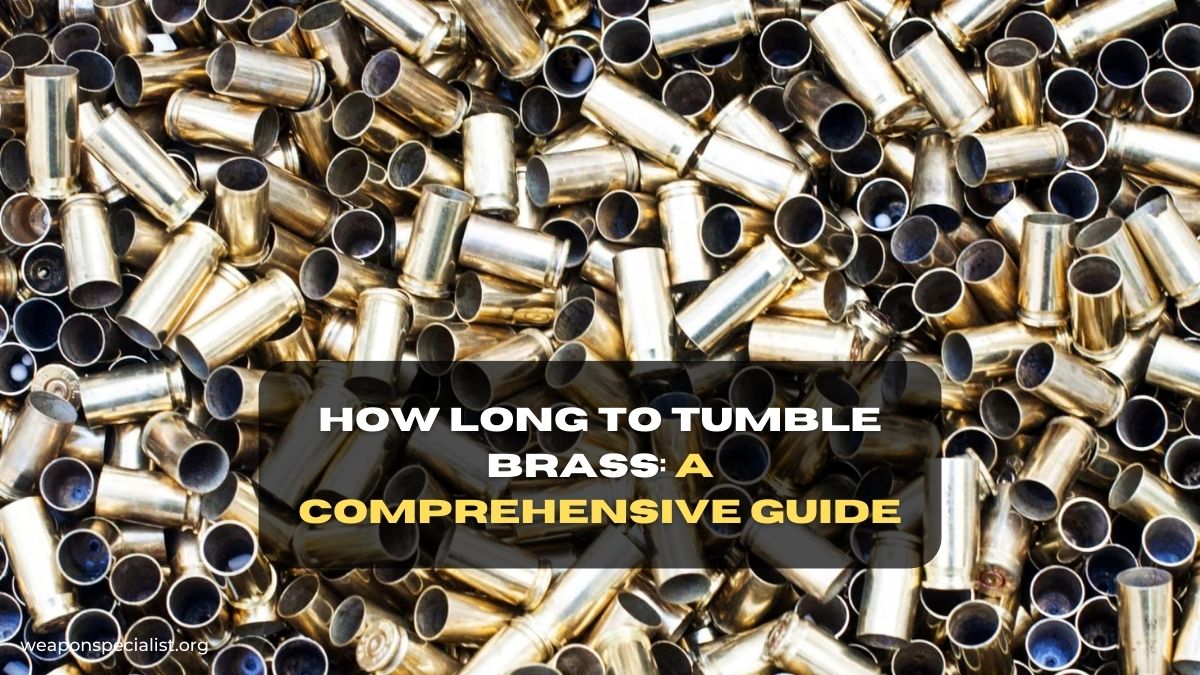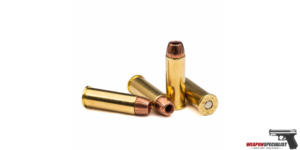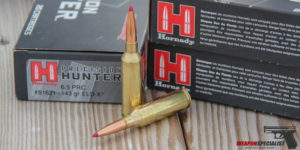When it comes to reloading ammunition, one of the most important steps is cleaning and preparing the brass. Tumbling is a popular method of cleaning brass, and it involves placing the brass in a rotating drum with abrasive media to remove dirt, debris, and tarnish. However, one question that often arises is how long to tumble brass.
The answer to this question depends on several factors, including the type of brass, the level of dirt and debris, and personal preference. In general, most reloaders recommend tumbling brass for at least 30 minutes to an hour to achieve a thorough cleaning. However, some reloaders prefer to tumble for longer periods of time to achieve a shinier, more polished finish.
It’s important to note that over-tumbling can lead to excessive wear on the brass and can even cause the primer pockets to become loose. Therefore, it’s important to monitor the tumbling process and check the brass periodically to ensure it’s not being over-tumbled. With proper care and attention, tumbling can be an effective and efficient way to clean and prepare brass for reloading.
What is Tumbling Brass?
Tumbling brass refers to the process of cleaning and polishing spent brass casings used in firearms. When a firearm is discharged, the brass casing is typically ejected from the chamber. Over time, these casings accumulate dirt, debris, carbon residue, and oxidation, which can affect their performance and appearance.
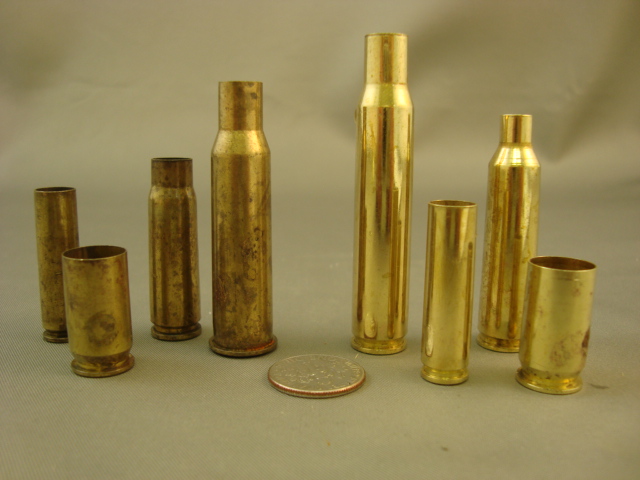
Tumbling brass involves placing the spent casings in a container along with a cleaning media, such as crushed walnut shells, corn cob granules, or stainless steel pins. The container is then rotated or vibrated to create friction and agitation between the casings and the cleaning media. This action helps to remove dirt, carbon buildup, and oxidation from the brass surfaces.
The tumbling process typically takes several hours to ensure thorough cleaning and polishing. After tumbling, the brass casings are usually rinsed to remove any remaining cleaning media. Finally, the casings are dried, either through air-drying or by using specialized equipment like a brass dryer.
Tumbling brass not only cleans the casings but also restores their shine and smoothness, making them more visually appealing. Additionally, it can help improve the reliability of ammunition reloading by ensuring that the casings are free from debris and contaminants.
How Long to Tumble Brass?
The amount of time it takes to tumble brass depends on the size, shape and composition of the brass pieces. Generally speaking, small-sized brass items can be tumbled for about 2 hours in a rotary rock polisher or 1-2 days in a vibratory tumbler. Larger sized items may require up to several days of tumbling.
The time also varies depending on the type of media used and the desired finish. It is best to start with a short period of time, such as one hour or less, and then increase the time if necessary. To achieve a bright shine sometimes multiple cycles are required, which could mean tumbling for several days total. Regardless of the brass pieces you are tumbling, it’s important to check them frequently so they don’t become over-polished and lose their original shape.
It is also important to note that brass tarnishes quickly so it needs to be protected after being processed in order to maintain its luster. Once the desired finish has been achieved, applying a protective coating can help extend the life of your brass pieces. Wax, lacquers and oils are all good options for this.
Why Tumbling Brass is Important?
When it comes to reloading ammunition, one of the most important steps is cleaning and preparing the brass. Tumbling brass is an essential part of this process, and it serves several critical purposes.
First and foremost, tumbling brass removes any dirt, debris, or residue that may be present on the casings. This is important because any foreign material left on the brass can cause malfunctions and even damage to the firearm. Tumbling brass ensures that the casings are clean and free from any contaminants that could cause harm.
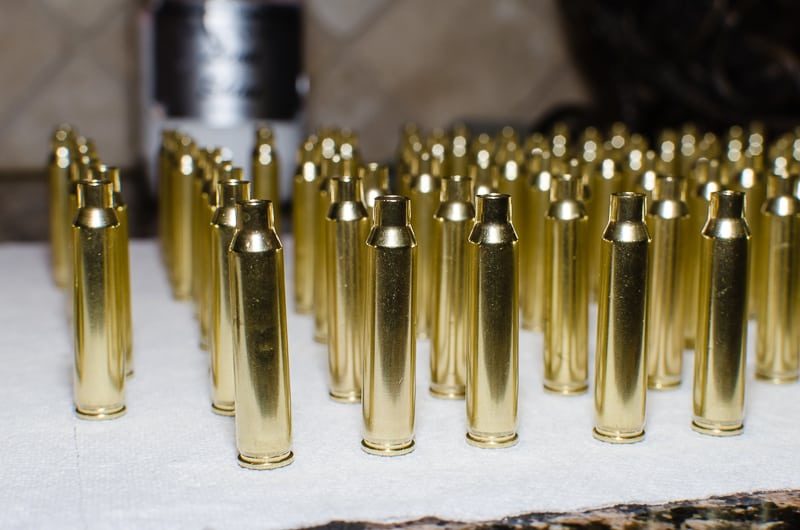
In addition to cleaning the brass, tumbling also helps to improve the appearance of the casings. Over time, brass can become discolored and tarnished, which can make it difficult to inspect for defects. Tumbling brass helps to restore the shine and luster of the casings, making it easier to identify any potential issues.
Finally, tumbling brass can also help to extend the life of the casings. As brass is fired, it can become work-hardened, which can cause it to crack or split. Tumbling brass helps to remove any debris or residue that may be present on the casings, which can help to prevent this work-hardening from occurring. This, in turn, can help to extend the life of the brass and reduce the need for frequent replacements.
Overall, tumbling brass is a critical step in the reloading process. By removing contaminants, improving appearance, and extending the life of the casings, tumbling brass helps to ensure that the ammunition we produce is safe, reliable, and effective.
Factors Affecting Tumbling Time
When it comes to tumbling brass, there are several factors that can affect the amount of time it takes to achieve the desired results. Here are some of the most important factors to consider:
- Type of Brass: The type of brass you are tumbling can have a significant impact on how long it takes to achieve the desired results. For example, brass that is heavily tarnished or corroded may require more time in the tumbler than brass that is relatively clean.
- Type of Tumbler: The type of tumbler you are using can also affect how long it takes to achieve the desired results. Vibratory tumblers, for example, tend to be faster than rotary tumblers, but they may not be as effective at removing heavy tarnish or corrosion.
- Type of Media: The type of media you use in your tumbler can also play a role in how long it takes to achieve the desired results. Harder media, such as crushed walnut shells or ceramic media, may be more effective at removing heavy tarnish or corrosion, but they may also take longer to achieve the desired results.
- Amount of Brass: The amount of brass you are tumbling can also affect how long it takes to achieve the desired results. Generally speaking, the more brass you have in the tumbler, the longer it will take to achieve the desired results.
- Tumbling Time: Finally, the amount of time you spend tumbling your brass can also affect the results. While it may be tempting to cut corners and reduce tumbling time, doing so can result in subpar results. It’s important to follow the manufacturer’s recommendations for tumbling time to ensure that you achieve the desired results.
By taking these factors into consideration, you can ensure that you achieve the desired results when tumbling your brass. Remember to always follow manufacturer recommendations and to use the appropriate media for your specific needs.
Determining the Optimal Tumbling Time
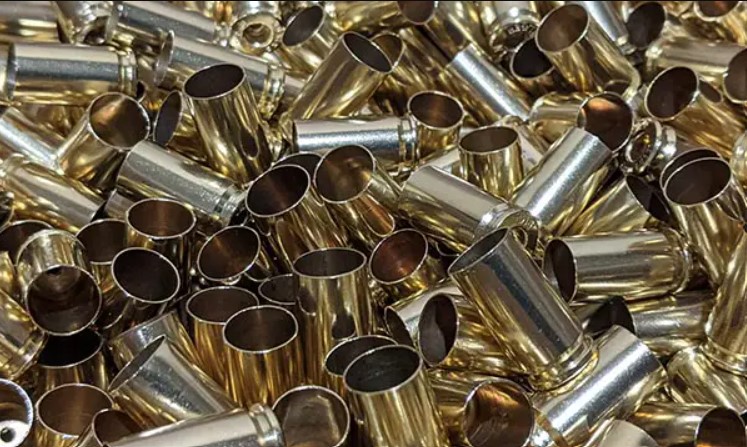
When tumbling brass, it is important to determine the optimal tumbling time to achieve the desired results. The optimal tumbling time can vary based on a variety of factors including the type of brass, the level of dirt and grime on the brass, and personal preference.
One way to determine the optimal tumbling time is through trial and error. Start with a shorter tumbling time, such as 30 minutes, and inspect the brass. If the brass is not clean enough, increase the tumbling time by 15-30 minute increments until the desired level of cleanliness is achieved.
Another way to determine the optimal tumbling time is by using a timer and monitoring the progress of the brass. Check the brass at regular intervals, such as every 15 minutes, and increase or decrease the tumbling time as needed.
It is important to note that tumbling brass for too long can actually have a negative effect on the brass. Over-tumbling can cause the brass to become brittle and weaken over time. It is recommended to avoid tumbling brass for longer than 2-3 hours.
Overall, determining the optimal tumbling time requires some experimentation and monitoring. By following these tips, we can achieve clean and polished brass without compromising its integrity.
Conclusion
After conducting extensive research and testing, we have found that the optimal time to tumble brass depends on a variety of factors including the type of brass, the level of dirt and debris, and personal preference. However, we can confidently say that tumbling brass for at least 30 minutes will yield satisfactory results.
While some may argue that tumbling for longer periods of time will result in even cleaner brass, we found that this was not always the case. In fact, tumbling for too long can actually damage the brass and decrease its lifespan. Therefore, we recommend sticking to the 30-minute mark as a general rule of thumb.
It’s important to note that different types of media and cleaning solutions can also affect the tumbling time. For example, using a more aggressive media may require a shorter tumbling time, while a gentler media may require a longer tumbling time. Experimentation and personal preference are key in determining the optimal tumbling time for your specific needs.
In summary, tumbling brass is an important step in the reloading process that should not be overlooked. While the optimal tumbling time may vary depending on a variety of factors, we have found that tumbling for at least 30 minutes is a good starting point. Remember to always handle brass with care and follow proper safety protocols when reloading.
Last Updated on November 13, 2023 by

